Category: Lesson Aids
-
“Endowed with power from on high”
The revelations we are studying this week continue with themes found in revelations from throughout 1830, such as an imminent Second Coming and the gathering, but also set up an expectation for an endowment of power that would be an important theme for much of the remainder of Joseph Smith’s ministry. After the conversion of…
-
Lit Come Follow Me: D&C 37-40 — Gathering, Fears and Cares
Poems about the Gathering, preparation in order to ally our fears, and the cares of the world, to accompany the Come Follow Me lesson for April 12 to 18.
-
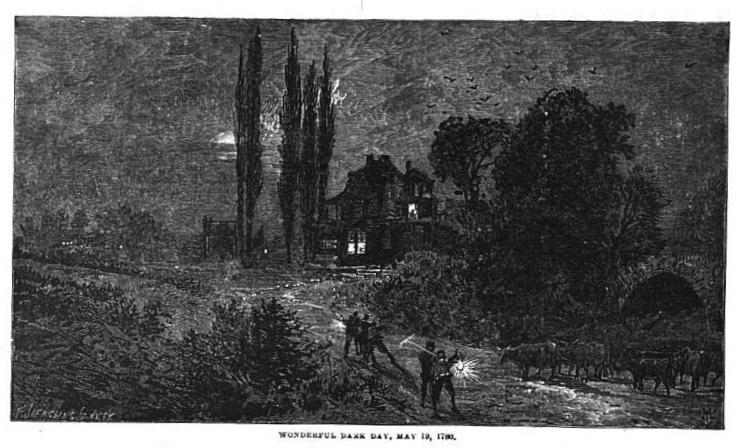
“The time of my coming”
For several days odd signs had been showing—the sky was yellow and the sun was red. Suddenly, the sky darkened further. Animals ran for cover. When seen, the moon was red and soot was seen to be floating in the river. By noon it was dark, forcing people to light candles and wonder—was the great…
-
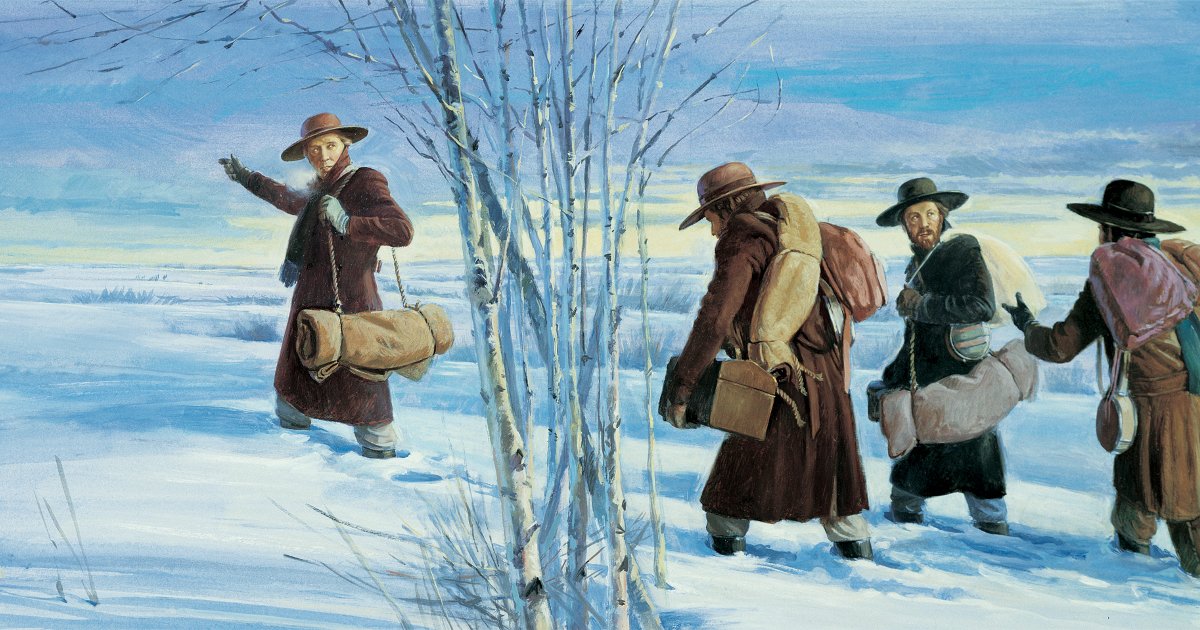
Lit Come Follow Me: D&C 30-36 — Missions and Family Relationships
The seven sections of the Doctrine and Covenants covered by this week’s Come Follow Me lesson discuss, in general, missionary work and the subsequent benefits of membership in the Kingdom. The first five of these sections include missionary calls to David Whitmer, Peter Whitmer Jr., John Whitmer, Thomas B. Marsh, Parley P. Pratt and Ziba…
-
Lit Come Follow Me: Easter
While no Come Follow Me lesson will be taught at church this coming Sunday, there is a lesson in the manual, meant for home study. So, I’m providing some poems to go with that lesson, which focuses on three aspects of the mission of Jesus Christ: that he was resurrected (i.e., He Lives), that because…
-
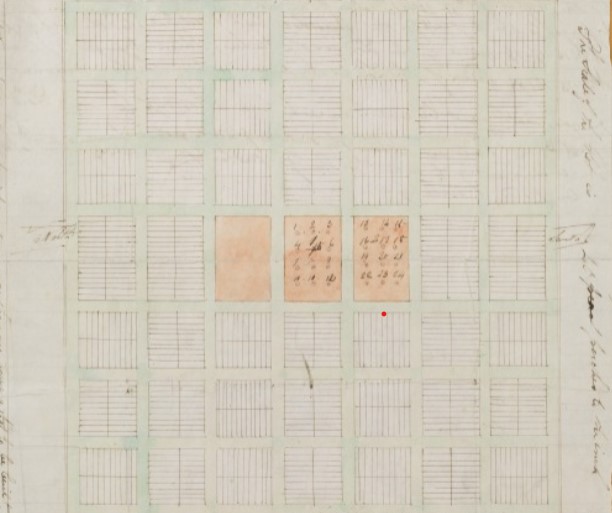
“The gathering of mine Elect”
Change and continuity create an interesting tension in the Church. I explored this in a previous post as the tension of believing in an everlasting, unchanging gospel that we have had restored to us and the belief in ongoing revelation and changes to adapt and evolve the Church to our current circumstances. Changes can be…
-

Lit Come Follow Me: D&C 29 — Gathering and the Plan of Salvation
Two poems to enhance study of the Come Follow Me lesson for D&C 29, which covers both the Gathering and the Plan of Salvation. The poems are Eugene A. Rooch’s Come, Gather to Zion and Joseph L. Townsend’s Among the Ancient Indian Mounds
-
“For he Receiveth them even as Moses”
Several years ago, I had a conversation with co-worker from outside of Utah about various Mormon churches that existed in Utah. He had been doing some research and we were discussing fundamentalist Latter-day Saint groups (ones like the FLDS or the Apostolic United Brethren that promote polygamy and other doctrines from the early Utah era)…
-
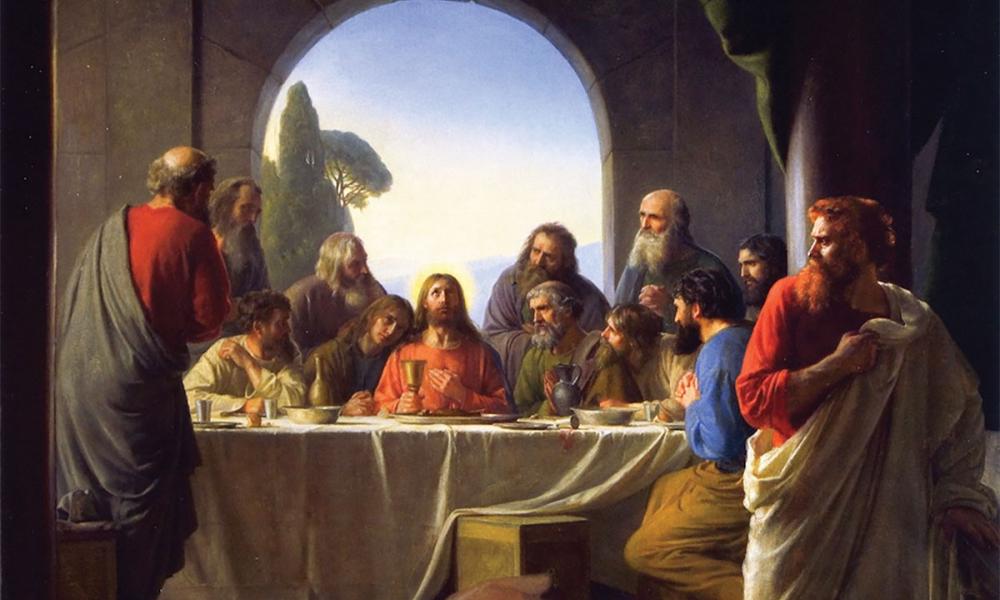
Lit Come Follow Me: D&C 27-28 — Sacrament and Supremacy
A function of revelation is clarifying confusion and what isn’t clear. And this function is displayed in the two sections of the Doctrine and Covenant’s covered in this coming week’s Come Follow Me lesson. In Section 27, we learn that it isn’t necessary to use wine in the sacrament (and, in fact, “it mattereth not…
-
“All things shall be done by common consent”
Within the corpus of J. Golden Kimball folklore, there is a story of Elder Kimball getting bored during a long process of sustaining officers at a stake conference somewhere south of Provo, Utah. Noticing that most of the congregation was nodding off or had fallen asleep while mechanically raising their hands for every name read,…
-
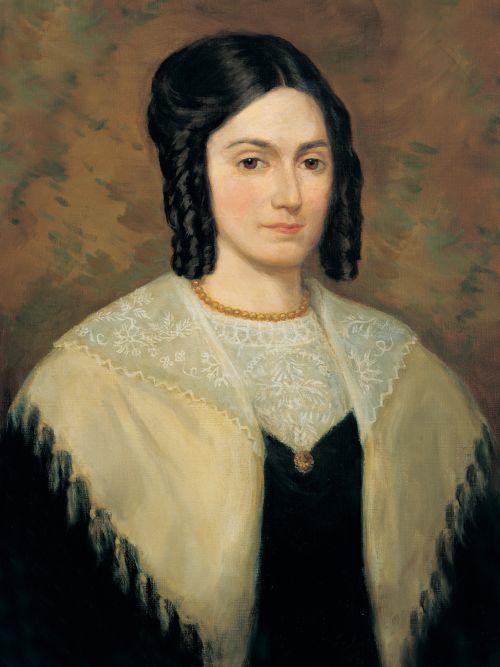
Lit Come Follow Me: D&C 23-26
One often forgotten feature of the Doctrine and Covenants is the very personal nature of many of its revelations. This week’s Come Follow Me lesson includes several sections of these revelations, including the unusual compilation of revelations found in section 23, which was given serially to Oliver Cowdery, Hyrum Smith, Samuel H. Smith, Joseph Smith,…
-
“It is expedient that the church meet together often to partake of bread and wine”
If the Book of Moroni is an instruction manual to “build a church,” as Michael Austin suggests, with the “nuts-and-bolts how-to-run-a-church stuff that anybody trying to reassemble what the Nephites built will need to know,”[1] then Doctrine and Covenants Section 20 represents an effort to take that manual, adapt it and expand on it for…
-
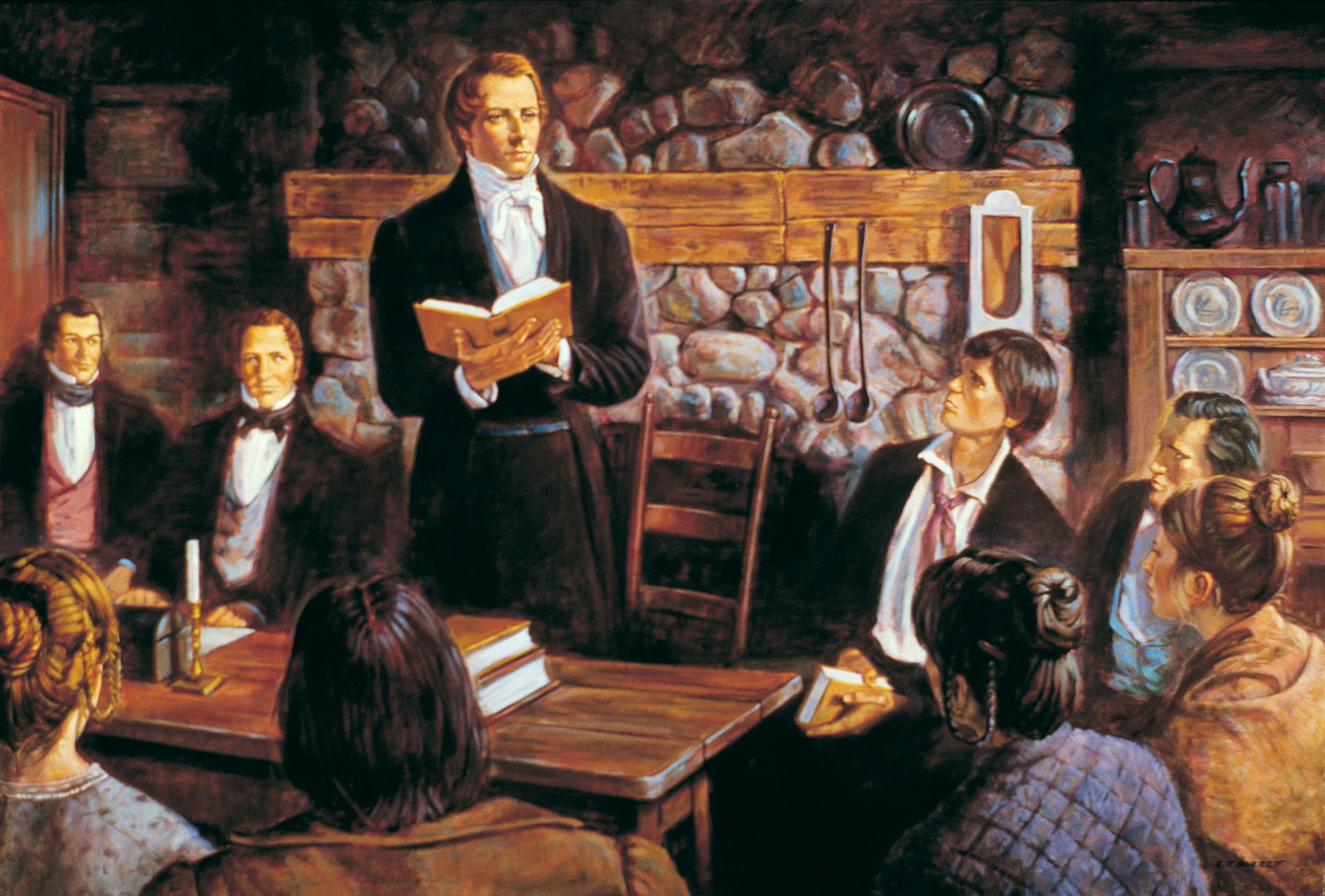
Lit Come Follow Me: D&C 20-22
Administrative acts don’t always get the same attention that ordinances and more dramatic events. And in comparison to the First Vision, the Martyrdom and a number of other events, the organization of the Church doesn’t get as much attention. This is also true in poetry. But even so, there are poems that mention the organization…
-
“It is not written, that there shall be no end to this torment”
Years ago, I attended a testimony meeting that began with a counselor in the bishopric talking about how grateful he was to be a part of a religion where believed that God was full of grace and would save almost every individual in one degree of glory or another. He quoted from the Vision in…
-

Lit Come Follow Me: D&C 18-19
The sections of the D&C covered in this week’s Come Follow Me lesson are apparently about the calling of the twelve apostles and paying for the Book of Mormon. But they also include themes that don’t directly bear on these purposes. Perhaps the most important theme is the call for repentance, and the subsequent forgiveness.…
-
“You shall obtain a view of them”
What were the three witnesses promised and what did they claim to experience? The basics of answering this question seems obvious—they saw the gold plates and other artifacts related to them. What is less apparent is how the Three Witnesses had that experience, since there are indications that they viewed the plates in vision, rather…
-
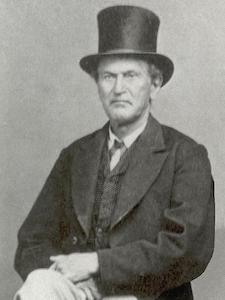
Lit Come Follow Me: D&C 14-17
This week’s Come Follow Me lesson includes several similar sections of the Doctrine and Covenants: three revelations to David Whitmer, John Whitmer and Peter Whitmer, Jr., who have asked the Lord where they should focus their efforts. The fourth section in this lesson is essentially the call to David Whitmer, Martin Harris and Oliver Cowdery…
-
“The keys of the ministering of angels”
One of the persistent questions from Doctrine and Covenants, Section 13 is what is meant by the statement that the Priesthood of Aaron “holds the keys of the ministering of angels.” Answers from general authorities in recent years have varied, including the idea that the Aaronic priesthood comes with a special privilege to have the…
-
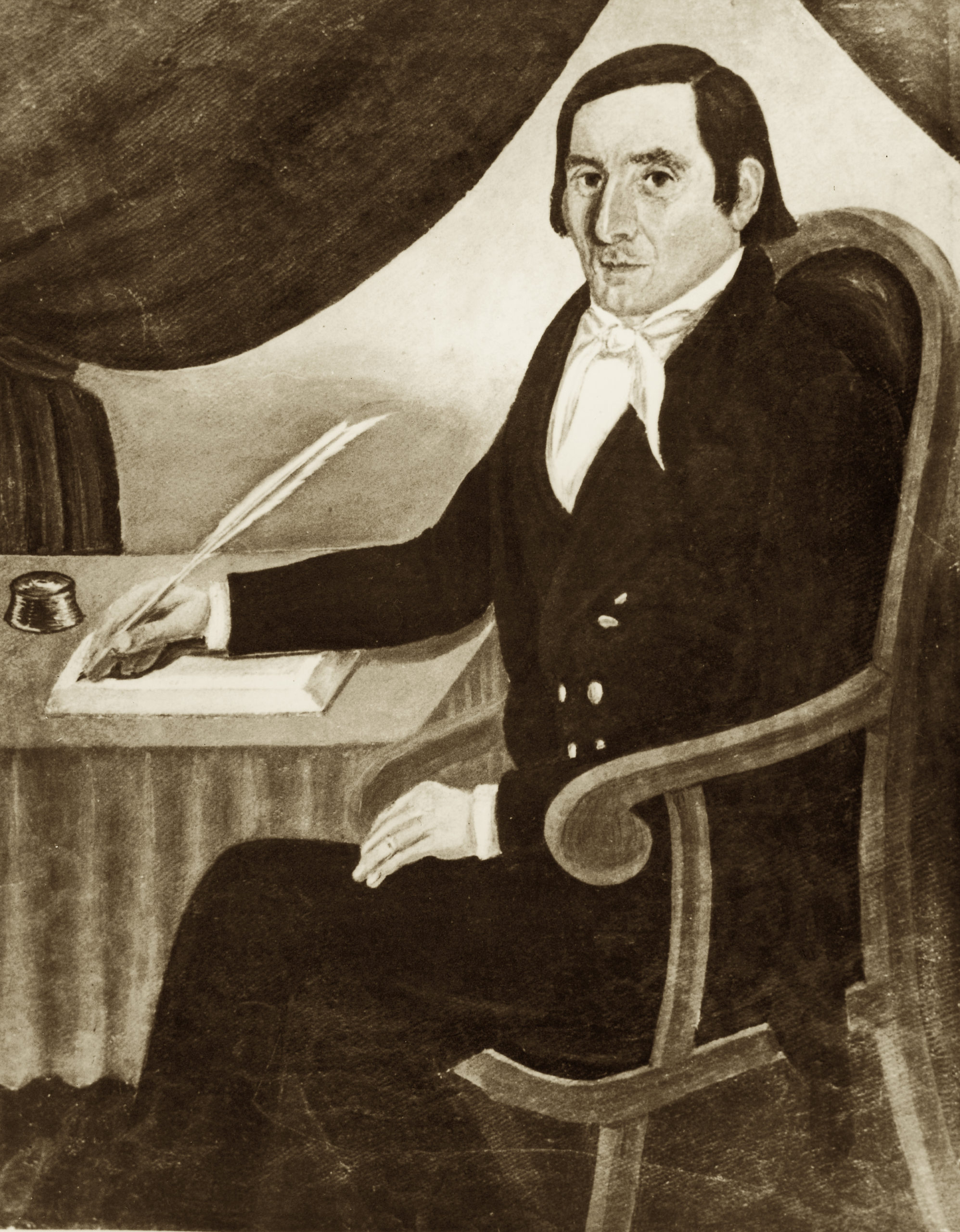
Lit Come Follow Me: D&C 12-13
The two sections of the D&C for the next Come Follow Me lesson are both quite short, but the second covers one of the most significant events in Church history—the visit of John the Baptist restoring the Aaronic Priesthood and the ordinance of Baptism, found in section 13. But before that, in section 12, we…
-
“I will establish my church”
Doctrine and Covenants Section 10 is interesting in its discussion of the Lord’s church because it seems to use the term in two different ways. One definition is the institution that we’re most likely to think of when we hear the term—the one we call Church of Jesus Christ of Latter-day Saints. The second is…
-
Deny not the Spirit of Revelation-a reflection on Come Follow Me
The story of the First Vision is one of the most beloved in all the Gospel, and many of us have sat through multitudes of lessons on what truths this vision taught, one of which being that the creeds of all of the other religions are an abomination to God. Sometimes this has been interpreted…
-
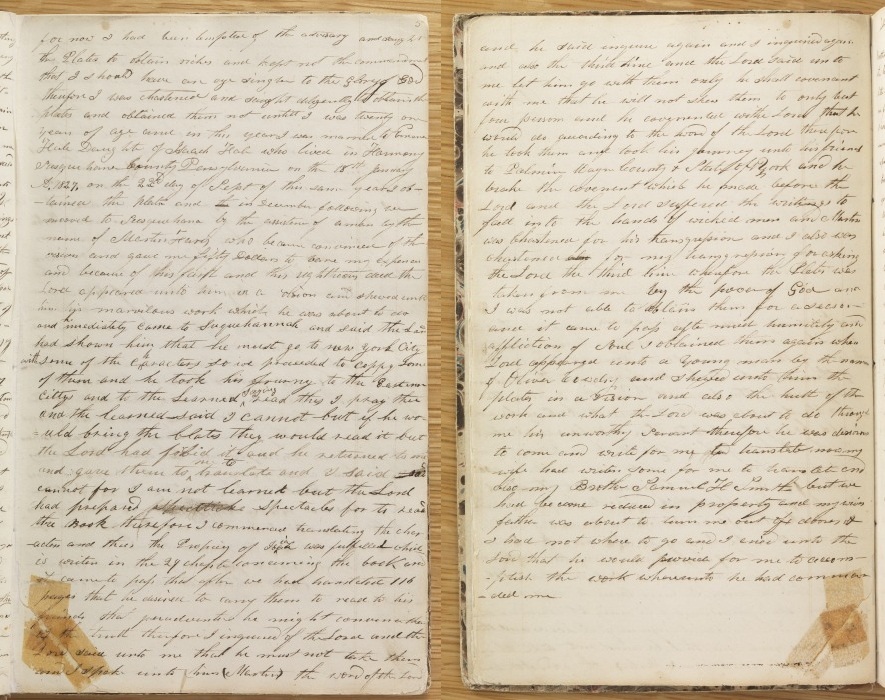
Lit Come Follow Me: D&C 10-11
The two sections in this week’s Come Follow Me lesson seem very different. The first, section 10, concerns the aftermath of the loss of the 116 manuscript pages containing the initial translation of the Book of Mormon. In contrast, section 11 is a revelation of advice to Hyrum Smith. But in both of them is…
-
“You have another gift”
In a land of myth and a time of magic, the destiny of a great kingdom[1] rests on the shoulders of a young man. His name … Joseph. If you couldn’t tell from the text above, my wife and I have been watching the TV series Merlin lately. We’ve rather enjoyed their take on the…
-
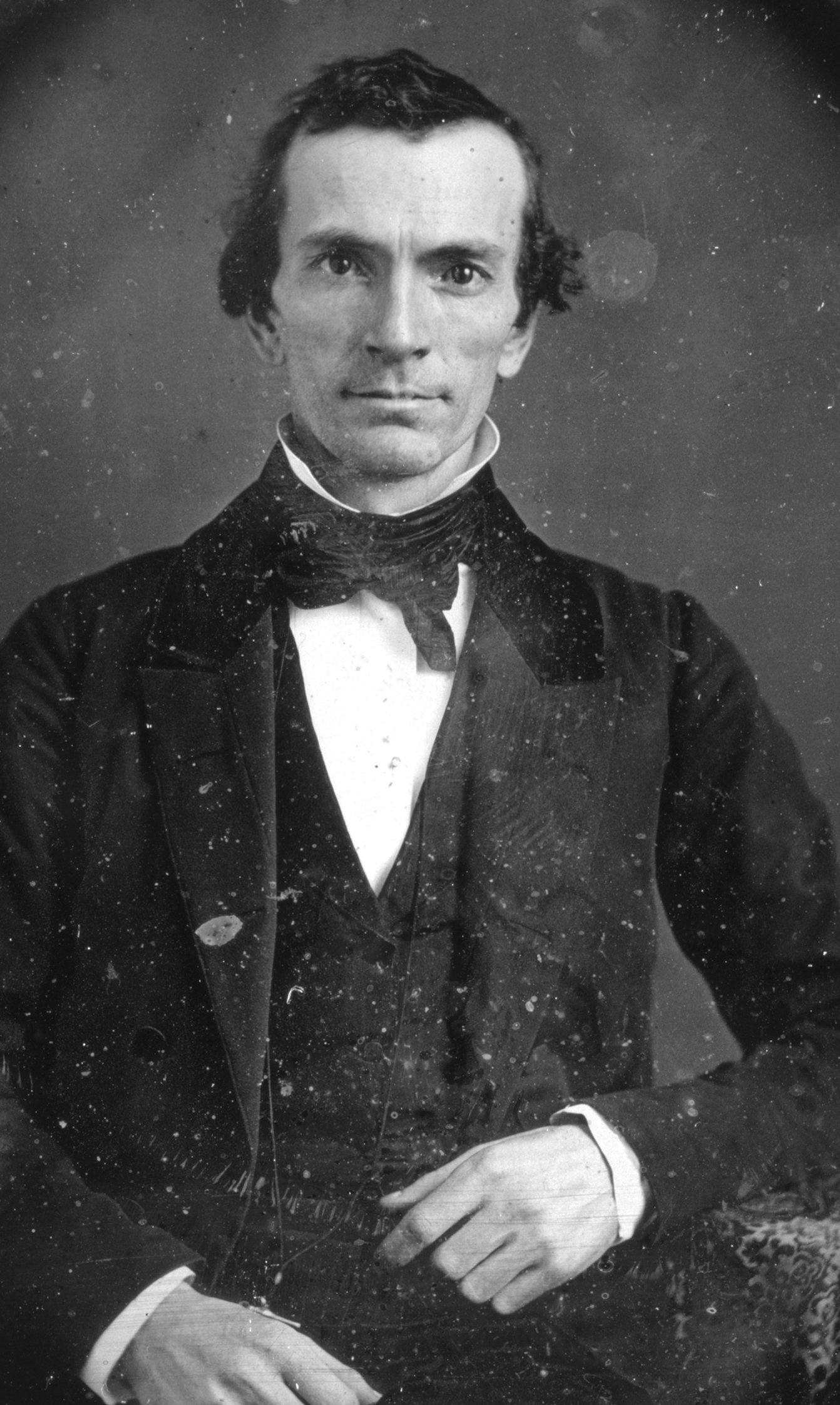
Lit Come Follow Me: D&C 6-9
The central character in this week’s D&C sections is Oliver Cowdery, the primary scribe and assistant to Joseph Smith in the translation and publication of the Book of Mormon. In our mythology[1. I would hope that my use of “mythology” isn’t interpreted as a suggestion that the story is false. I don’t believe that.], we…
-

“A man may have many revelations”
We’re four weeks into the year, and we’ve finally reached the beginning of the Doctrine and Covenants. I know we started the book weeks ago, but what I mean to say is that this week we’re now working with the earliest material in the Doctrine and Covenants. Section 3 is the first revelation from Joseph…
-

Lit Come Follow Me: D&C 3-5
In the three sections covered in this week’s Come Follow Me lesson we go with Martin Harris from the 116 pages to being a witness, with a detour to Joseph Smith Sr. and what it means to serve God. While I haven’t found poems that mention the events associated with these sections, there are a…
-

“A messenger sent from the presence of God”
I’ve always been interested in knowing what all Moroni said to Joseph Smith during their first conversation. We have several accounts, both from Joseph Smith himself and from close associates like Oliver Cowdery, Orson Pratt, and Lucy Mack Smith of that visit, but all of them pick and choose what they discuss and all of…
-
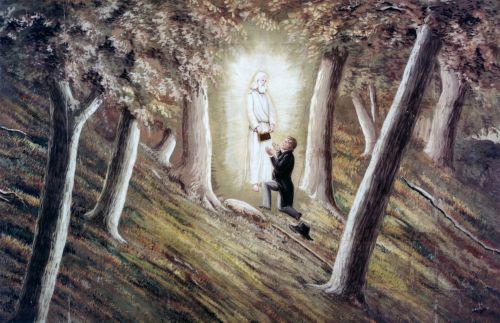
Lit Come Follow Me: D&C 2
This coming week’s Come Follow Me lesson discusses the events surrounding the coming forth of the Book of Mormon, including the visits of Moroni to Joseph Smith and the scripture’s translation and publication. Like other early events in the restoration, these events have been portrayed artistically many times, and will undoubtedly be portrayed many more…
-
Ein Ruf aus der Wüste: Foreword
The fierce desire harbored by the author of this booklet to fulfill an obligation that, he feels, a more than human power has imposed on him, as well as the heartfelt diligence with which he hopes to gladden his fellow men through the proclamation of those truths that fill his own heart with inexpressible joy…
-
Ein Ruf aus der Wüste: title page
The first non-English Latter-day Saint work, Orson Hyde’s Ein Ruf aus der Wüste, was published in 1842 in Frankfurt. The section recounting the life of Joseph Smith and the translation of the Book of Mormon has been translated multiple times and is available at the Joseph Smith Papers Project, in Dean Jessee’s 1989 The Papers…
